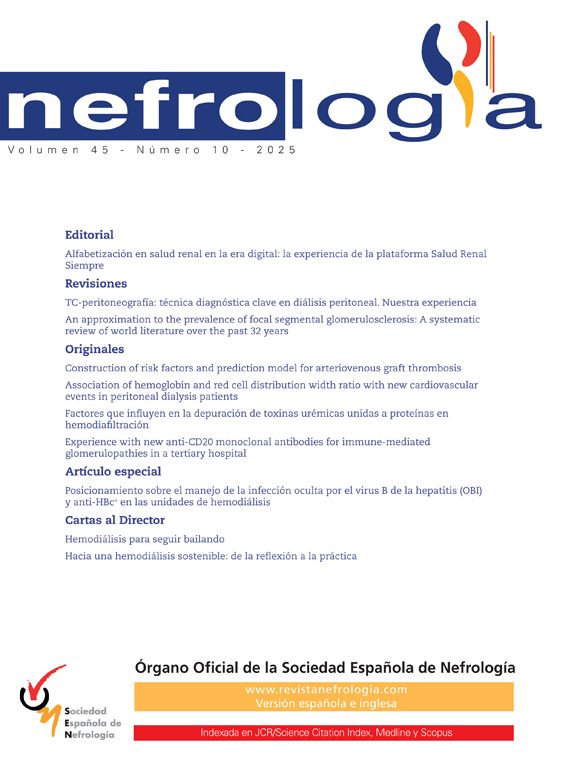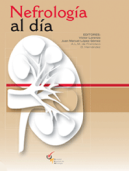In their review, Mariana Morais David Plikas et al.1 comprehensively explore the use of nonsteroidal mineralocorticoid receptor antagonists (nsMRAs) in the treatment of chronic kidney disease (CKD) and summarize the relevant clinical evidence. This review covers the efficacy and safety of nsMRAs (particularly finerenone, esaxerenone, ocedurenone, and apararenone,) in diabetic kidney disease (DKD) and nondiabetic kidney disease (non-DKD), providing a valuable reference for clinical practice. However, the following aspects deserve further exploration to refine the conclusions.
First, the original study, in assessing the therapeutic effect of nsMRAs on CKD, has found its efficacy in both diabetic kidney disease (DKD) and non-diabetic kidney disease (Non-DKD). However, in actual studies, the heterogeneity of different etiologies of CKD was not fully considered, which may affect the precision of the results. For example, in the FIDELIO-DKD and FIGARO-DKD trials, although a large number of patients were included, the data of each etiology subgroup were not analyzed separately. Future studies could be further optimized with more detailed stratified analysis of CKD patients with different etiologies. For example, in DKD patients, to explore the differences in the efficacy of nsMRAs on different disease stages (e.g., early-stage diabetic nephropathy and end-stage diabetic nephropathy); and in Non-DKD, to analyze their therapeutic effects on different etiologies, such as hypertensive nephropathy, glomerulonephritis, and so on.2–4
In addition, original studies have focused on the complex medication use in CKD patients with multiple comorbidities, laying the initial foundation for drug interaction studies of nsMRAs in CKD treatment. However, most of the current studies have focused on the efficacy and safety of nsMRAs as single agents, and the exploration of their interactions with other commonly used drugs is still insufficient. Available data show a high proportion of combined medications in studies that included CKD patients with multiple comorbidities, but an in-depth analysis of drug interactions is lacking. Future studies should strengthen the exploration of the interactions between nsMRAs and other commonly used drugs, such as in antihypertensive therapy, to study the synergistic or antagonistic effects of nsMRAs in combination with different classes of antihypertensive drugs, and in glycemic management, to assess the effects of their interactions with glucose-lowering drugs on the glycemic control of patients.5–7
In summary, the review by Mariana Morais David Plikas et al. provides an important perspective for us to understand the potential of nsMRAs in the treatment of CKD. By addressing the above issues through further research, we can more accurately grasp the therapeutic value of nsMRAs and promote their rational application in clinical practice!
FundingThis work was supported by Zhejiang Province Science and Technology Program for Traditional Chinese Medicine [grant number 2024ZF137].
Conflict of interestThe authors declare no conflicts of interest.







